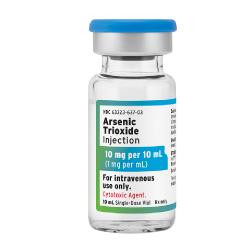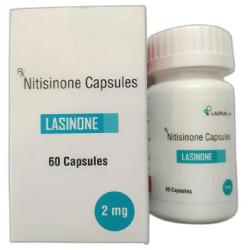Description
Healthcare professionals recommend to use of Dactinomycin 0.5 mg injection in treating patients with:
- Wilms tumor, as part of a multiphase, combination chemotherapy regimen.
- Rhabdomyosarcoma, as part of a multiphase, combination chemotherapy regimen.
- Ewing sarcoma, as part of a multiphase, combination chemotherapy regimen.
- Metastatic, nonseminomatous testicular cancer, as part of a multiphase, combination chemotherapy regimen.
- Gestational trophoblastic neoplasia, as a single agent or as part of a combination chemotherapy regimen.
- Locally recurrent or locoregional solid malignancies as a component of palliative or adjunctive regional perfusion.
Dosage and Side Effects
- Regional Perfusion in Locally Recurrent and Locoregional Solid Malignancies:
The common side effects of Dactinomycin are infection, alopecia, rash, dysphagia, fatigue, fever, nausea, vomiting, anemia, neutropenia, thrombocytopenia, mucositis, and hepatotoxicity.
FAQ's
Who discovered dactinomycin?
Dactinomycin (dak” tin oh my sin) is one of the actinomycins, anticancer antibiotics that were discovered by Selman Waksman and colleagues in the 1940s using fermentation exacts from bacteria (Streptomyces).
Why is Dactinomycin used?
Healthcare professionals recommend the use of Dactinomycin in treating patients with Wilms tumor, Rhabdomyosarcoma, Ewing sarcoma, Metastatic, nonseminomatous testicular cancer, Gestational trophoblastic neoplasia, solid malignancies.
What is the cost of Dactinomycin?
The cost of Dactinomycin is reasonable, and one can purchase this medicine from any certified pharmaceutical supplier worldwide.
What is the action of Dactinomycin?
Dactinomycin is a cytotoxic actinomycin that binds DNA and inhibits RNA synthesis. The cytotoxic activity of dactinomycin has been demonstrated in animal models of different human cancers.






